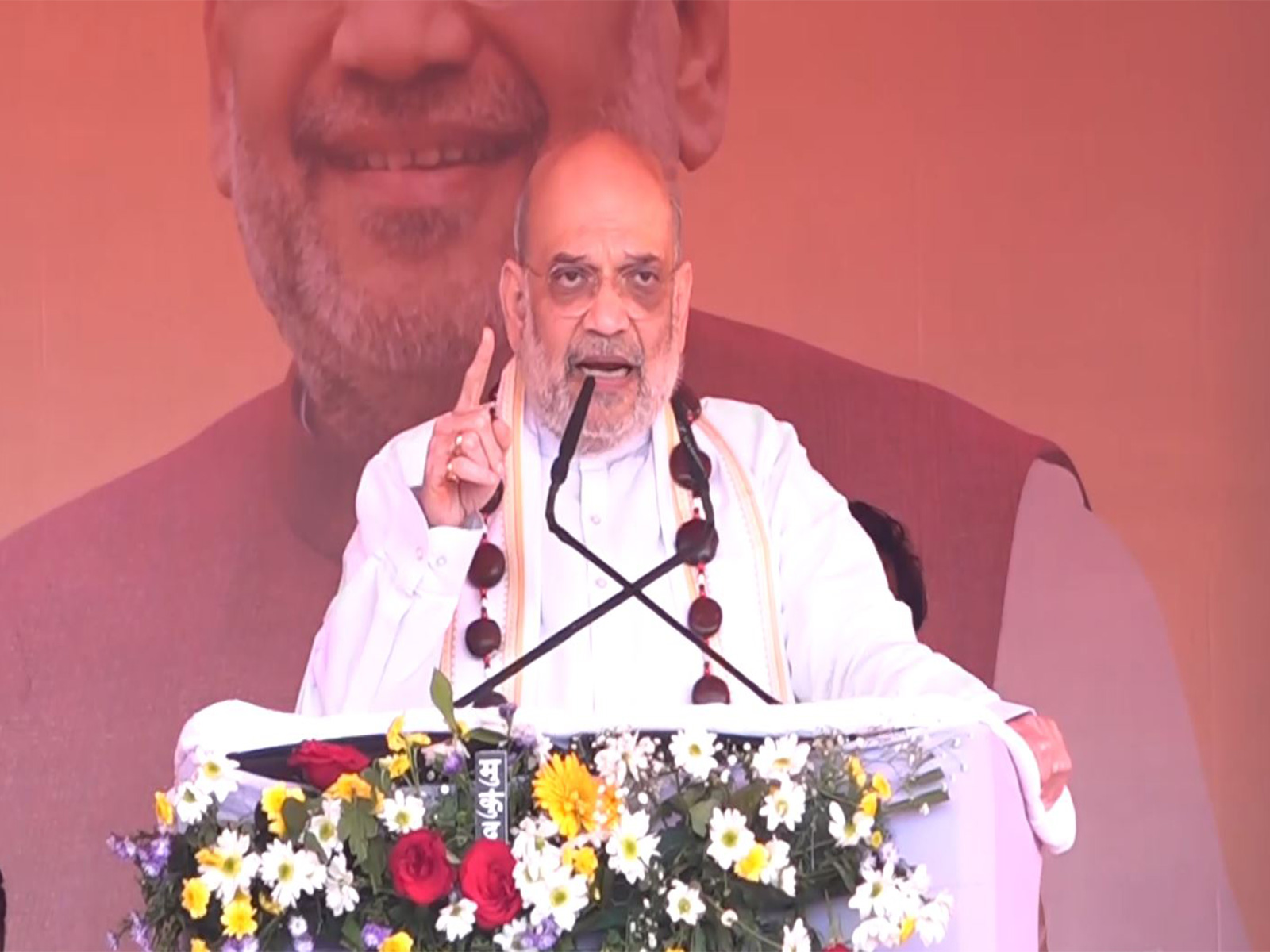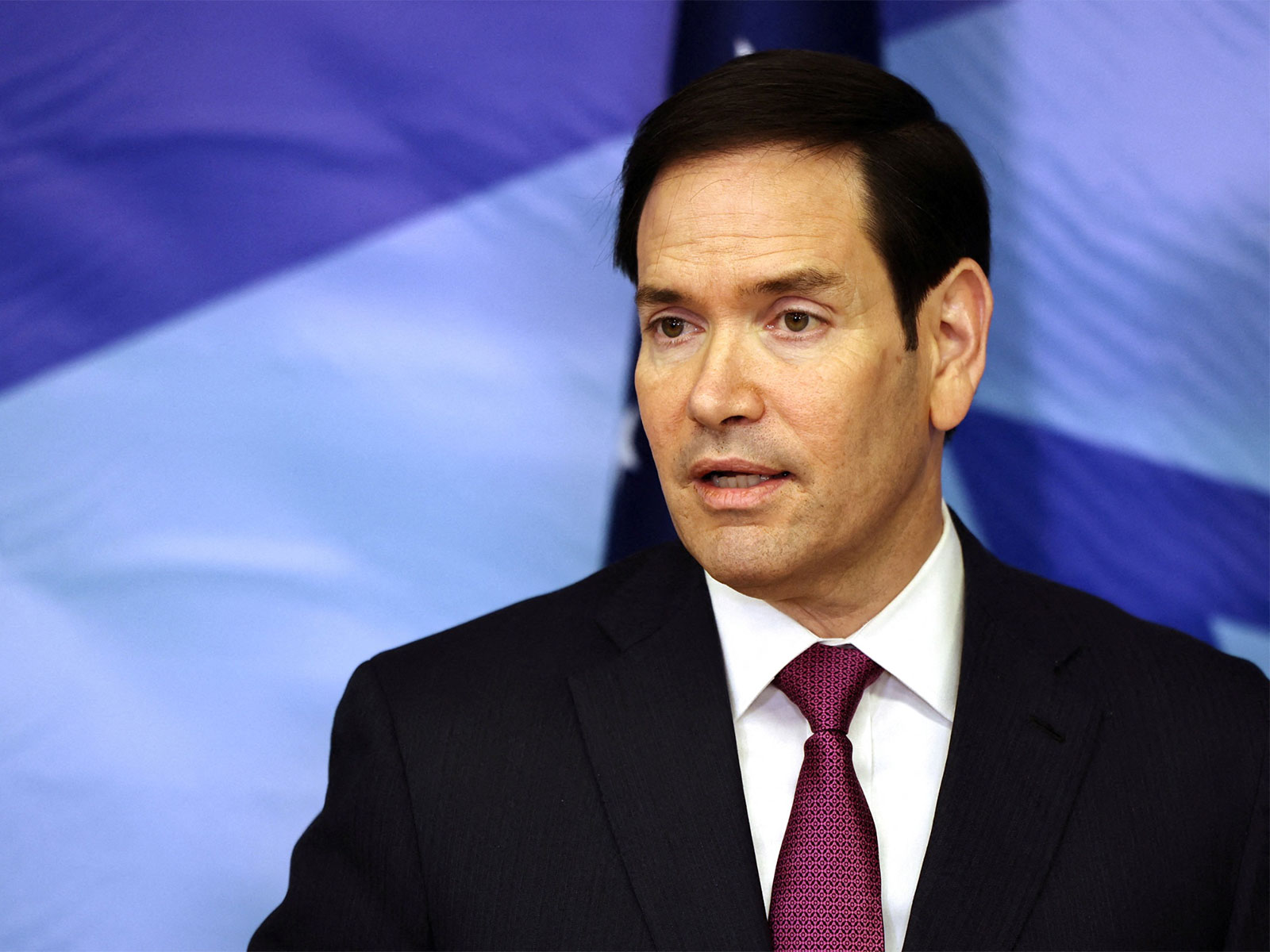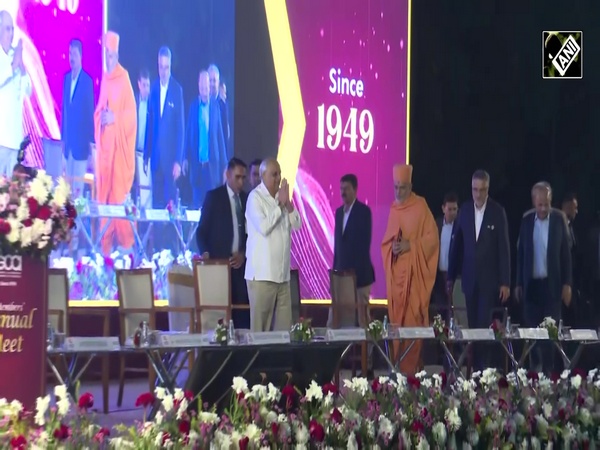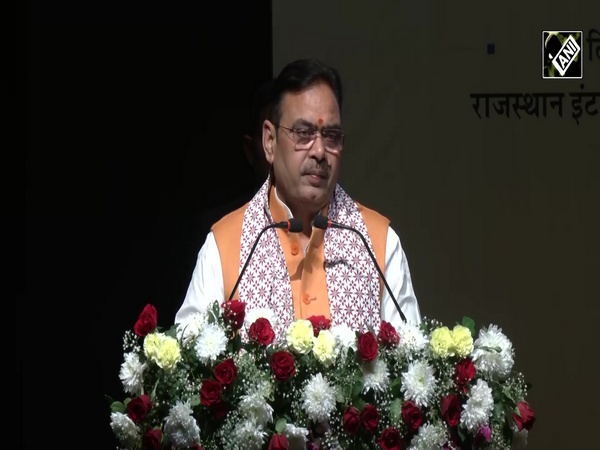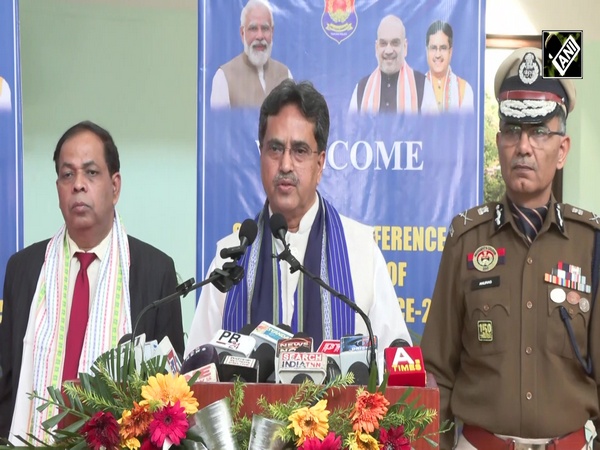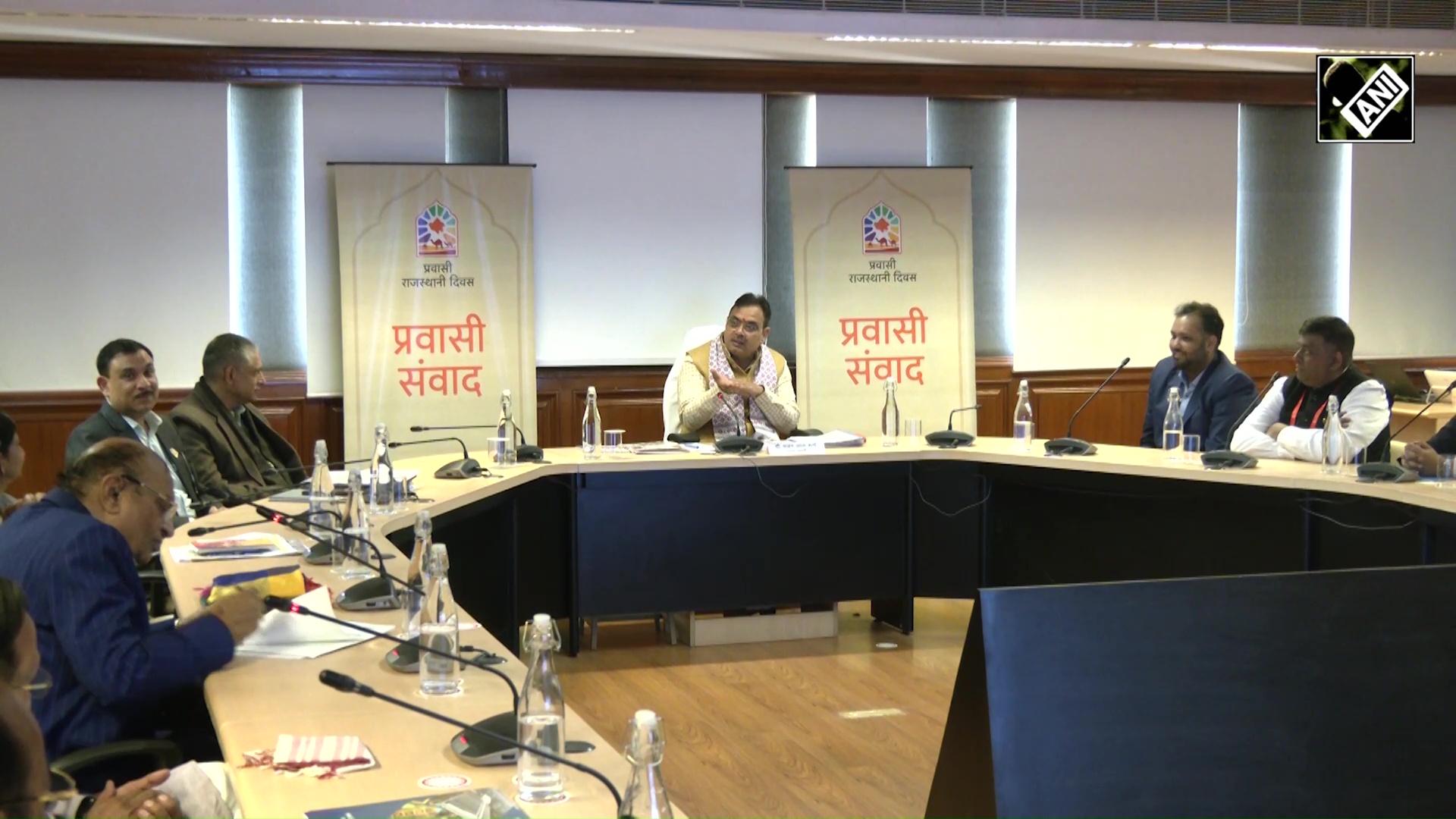OPEC+ extends output cuts through Q2; Russia announces additional reductions: S&P GCI
Mar 04, 2024

New Delhi [India], March 4 : In a move to maintain control over global oil supply, several Organization of the Petroleum Exporting Countries (OPEC+) countries have announced extensions of their voluntary production cuts through the second quarter of the year.
According to S&P Global Commodity Insights (GCI), this decision comes amidst ongoing efforts to stabilize oil markets and counteract increasing output from rival producers such as the US and Brazil.
On March 3, Saudi Arabia, the UAE, Kuwait, and Algeria confirmed their commitment to uphold production cuts, while Russia revealed plans for new reductions in both crude production and exports.
The extensions underscore the alliance's determination to tighten the market during the upcoming Northern Hemisphere summer, traditionally a period of peak oil demand.
The coordinated statements from the participating countries emphasized the goal of supporting market stability and balance.
They indicated that the additional voluntary reductions would be gradually restored after their expiry, in accordance with prevailing market conditions.
Saudi Arabia, a key player in the OPEC+ alliance, will maintain its crude production at around 9 million barrels per day (b/d) through June, holding it at two-year lows.
Meanwhile, Russia, which had initially committed to export cuts in the first quarter, will now implement formal reductions in crude production.
Deputy Prime Minister Alexander Novak outlined Russia's plans, stating that the country would reduce crude output by 350,000 b/d in April, followed by further cuts in May and June.
Novak said, "Russia, which for the first quarter had committed to only a mix of crude and product export cuts, will now make some formal reductions to its crude production."
Additionally, the UAE confirmed its agreement to maintain its production quota of 3.02 million b/d throughout the second quarter.
Algeria announced that its output would remain steady at approximately 908,000 b/d until the end of June, in continuation of its existing cut.
Kuwait also affirmed its commitment to extend voluntary production cuts until the same period, with production set to remain at 2.413 million b/d.
Iraq and Kazakhstan, which exceeded their production quotas in January, have agreed to implement compensation cuts. Details regarding their production plans for the coming months are yet to be disclosed.
The Joint Ministerial Monitoring Committee, co-chaired by Saudi Arabia and Russia, is scheduled to convene on April 3 to review market conditions and assess member compliance.
The committee holds the authority to recommend changes to production policy, subject to unanimous agreement by the alliance.
While analysts had anticipated the extension of production cuts beyond March, questions remain regarding the ultimate duration of these measures.
S&P Global Commodity Insights forecasts the possibility of maintaining the cuts until the end of the year, reflecting the continued need for higher oil prices among OPEC+ members.
With prices hovering below fiscal breakeven levels for key producers such as Saudi Arabia and Russia, the alliance faces ongoing pressure to balance market dynamics and ensure sustainable economic outcomes for member countries.
As the global energy landscape evolves, the OPEC+ alliance remains vigilant in its efforts to navigate challenges and uphold stability in oil markets.




